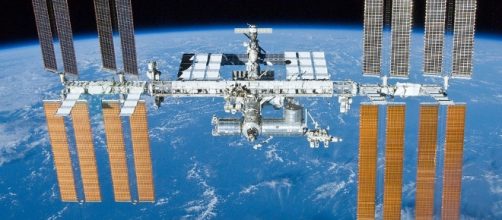The latest NASA authorization bill, which just passed the Senate and is soon to be taken up by the House, calls for a study on the possibility of using an Orion spacecraft, launched on a rocket other than the Space Launch System, to take crews to and from the international space station. The provision is likely to enrage commercial space advocates, but the notion represents a return to a provision of the old Constellation program that reserved the Orion as a “public option” if commercial space companies were unable to develop their own spacecraft.
When President Obama canceled Constellation, he poured money into the commercial crew program. Ultimately, SpaceX and Boeing developed spacecraft that are slated to start taking crews to and from the ISS in a year or two.
The schedule for the introduction of the SpaceX Dragon and the Boeing Starliner has slipped to some extent. The two spacecraft are still officially slated to fly in 2018 with astronauts, but no one would be surprised if the first crewed flights slipped to 2019.
Congress initially reacted to Obama directing NASA to go all in with commercial crew with skepticism, being reluctant to fund the program to its fullest extent. The legislative branch has come to terms with commercial crew and its providing full funding.
But technical challenges still plague the two vehicles to a certain extent. In the meantime, the space agency is paying confiscatory prices to fly astronauts on the Russian Soyuz spacecraft now that the space shuttle is no longer flying. Commercial cargo flights are operating, with the exception of a few launch accidents, on a regular basis with a cargo Dragon currently approaching the ISS.
Still, Congress is clearly nervous about the idea that one or more launch accidents, such as the ones that have happened to SpaceX Falcon 9s, grounding one or both commercial crew vehicles for a lengthy period. The legislative branch believes it is being prudent in reviving the Orion as an alternative for commercial crew. How such an option would affect that use of the vehicle for deep space missions, such as the suggested lunar orbital voyage for 2019, remains an unanswered question.

